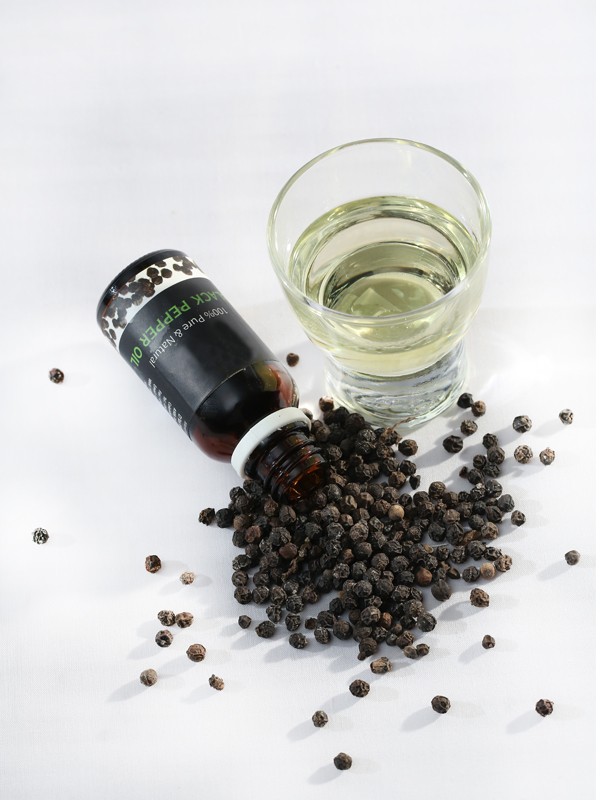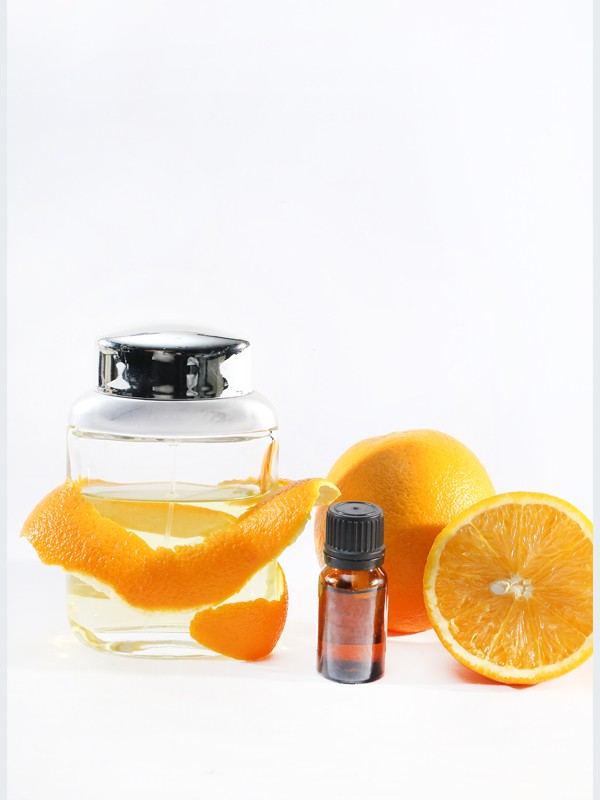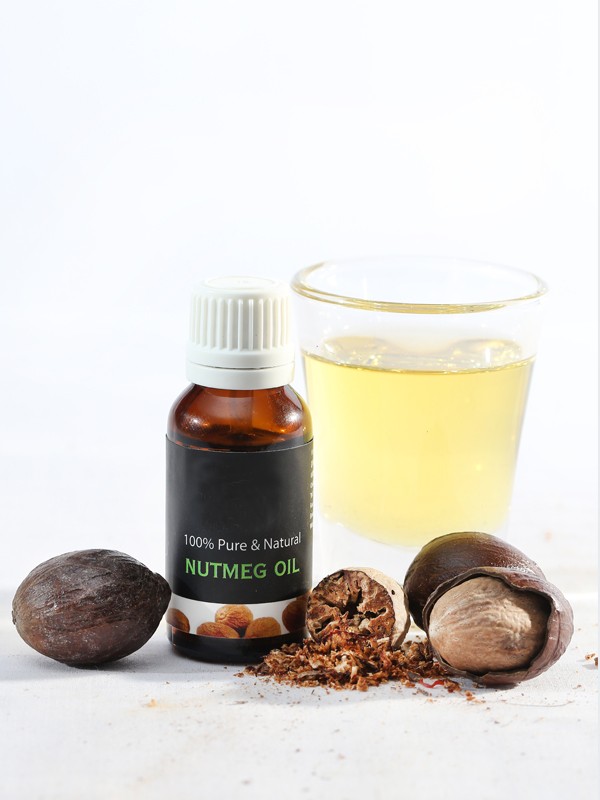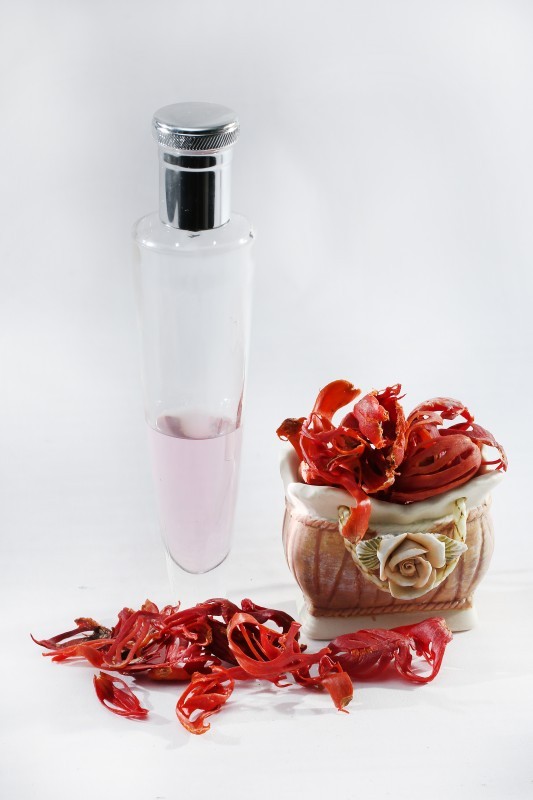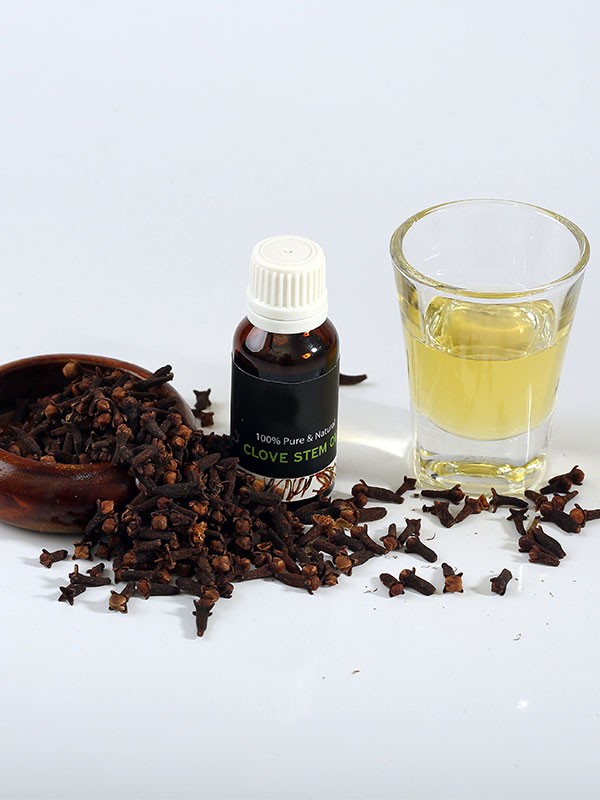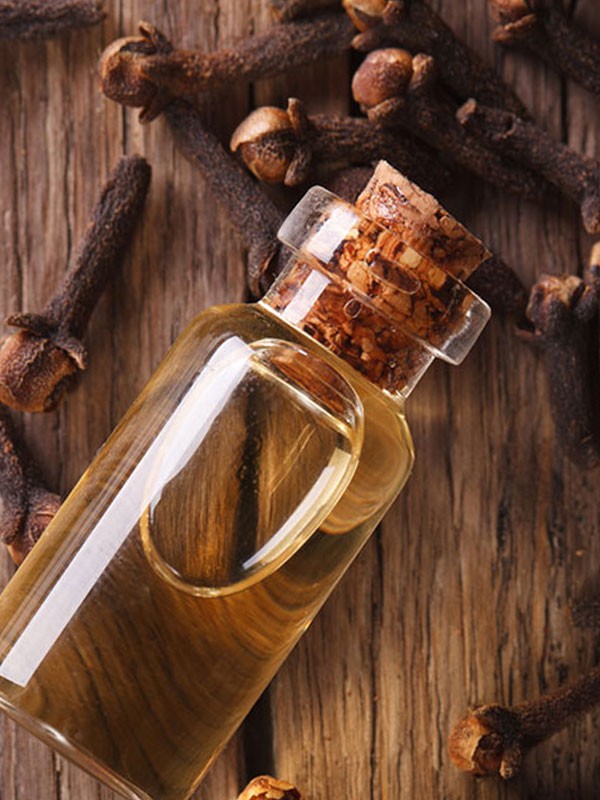The uses of essential oils, range from medicine, cosmetics, cleaning agents, insect repellents, sun-screen, cooking, as well as aroma and massage therapy products. Sri Lanka is one of the world's leading exporters of cinnamon, clove, and recently citronella oils, to european and american market.
Black pepper oil is extracted from the plant Piper nigrum of the Piperaceae family. The oil is made from the unripe red fruit of the plant, while white pepper for household use, is made from the same fruit, but the berry is picked when fully ripe and the outside layer (pericarp) is removed before drying. It is a strong and sharp spicy smelling oil and is faintly reminiscent of clove oil, yet more refined. It can range in color from light amber to yellow-green and has a watery viscosity.
Sunflower oil is the non-volatile oil compressed from sunflower (Helianthus annuus) seeds. Sunflower oil is commonly used in food as a frying oil, and in cosmetic formulations as an emollient.
In recent years, there has been an increase in demand for sunflower crops such as sunflower oil. Measures such as the development of hybrid sunflowers to increase oil production have been introduced to meet this demand.
Orange oil is an essential oil produced by cells within the rind of an orange fruit (Citrus sinensis fruit). In contrast to most essential oils, it is extracted as a by-product of orange juice production by centrifugation, producing a cold-pressed oil.
Nutmeg essential oil is obtained by steam-distilling the dried kernels of the ripe seeds of the nutmeg. This fruit is native to Moluccas Island, also known as the Spice Islands, but is also grown in Indonesia, Malaysia, and of course, Sri Lanka.
Mace is a spice made from the waxy red covering that surrounds nutmeg seeds. The flavor is similar to that of nutmeg. It is made available for export in both whole and ground form, and it has a wide range of uses from desserts to savory roast meats. It is mostly used in sweet dishes. It gives a sweet, warm and pleasant flavor, especially to bakery foods such as pastries, donuts, cake, etc.
Lavender oil is an essential oil obtained by distillation from the flower spikes of certain species of lavender. Lavender (Lavandula angustifolia) has a scent that’s a wonderful blend of fresh, floral, clean, and calm. It’s this dynamic aroma that has made the flower a classic for perfumes, soaps, fresheners, and beauty products. As one of our most popular products, Lavender oil is a great beginner oil and a must for every home.
Jojoba oil is the liquid produced in the seed of the Simmondsia chinensis (Jojoba) plant, a shrub, which is native to southern Arizona, southern California, and northwestern Mexico. The oil makes up approximately 50% of the jojoba seed by weight.
Ginger essential oil (Zingiber officinale), is an oil steam distilled from the roots of the plant. It smells sweet, spicy, woody, and warm.
Clove stems are the stems of the bud flower of the Clove plant which is botanically known as Caryophyllus .
Clove Stems are collected from the Clove plantations spread throughout the island of Sri Lanka, which provides the ideal warm humid tropical climate quintessential for the growth of Eugenia caryophyllustrees.
Clove bud oil is derived from the clove tree, a member of the Myrtaceae family. This tree is native to Southeast Asian countries like Indonesia. From the evergreen, you can derive three types of clove essential oils: clove bud oil, clove leaf oil, and clove stem oil.
Out of the three, clove bud essential oil – also known as Eugenia carophyllata – is the most popular in aromatherapy.
Today, clove bud oil is known for its benefits to oral health. This essential oil, which has been approved as a dental anesthetic and, as mouthwash and gargle, can help relieve toothaches, as well as fight mouth and throat infections. It is also added to pharmaceutical and dental products.

